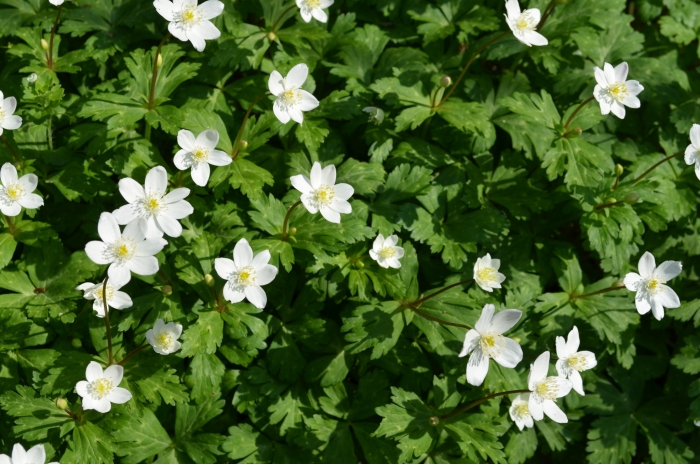Flaccid Anemone
(Anemonastrum flaccidum)
Flaccid Anemone (Anemonastrum flaccidum)
/
/

Jason Grant
CC BY 4.0
Image By:
Jason Grant
Recorded By:
Copyright:
CC BY 4.0
Copyright Notice:
Photo by: Jason Grant | License Type: CC BY 4.0 | License URL: http://creativecommons.org/licenses/by/4.0/ | Rights Holder: Jason Grant | Publisher: iNaturalist | Date Created: 2014-04-09T05:48:43-07:00 |

























Estimated Native Range
Summary
Anemonastrum flaccidum, commonly known as the flaccid anemone or soft windflower, is a perennial herb native to forest understories, meadows, and grassy slopes in East Asia, including regions along the Amur River, Sakhalin, central, eastern, and southern China and Japan. It typically grows up to 12 inches (30 cm) tall and wide, with a delicate appearance characterized by its nodding stems and deeply divided leaves. The flaccid anemone blooms from March to June, producing solitary, nodding flowers with white petal-like sepals and a central cluster of yellow stamens, which are quite showy despite the plant’s modest size.
The soft windflower is valued for its early spring blooms and is often used in woodland gardens, shade gardens, and naturalized areas where it can form attractive clumps. It prefers partial to full shade and thrives in moist, well-drained, humus-rich soils. While it requires consistent moisture, it is important to avoid waterlogged conditions. The plant is relatively low-maintenance but may need protection from late frosts that can damage early growth. It is generally pest-free but can be susceptible to powdery mildew in humid conditions.CC BY-SA 4.0
The soft windflower is valued for its early spring blooms and is often used in woodland gardens, shade gardens, and naturalized areas where it can form attractive clumps. It prefers partial to full shade and thrives in moist, well-drained, humus-rich soils. While it requires consistent moisture, it is important to avoid waterlogged conditions. The plant is relatively low-maintenance but may need protection from late frosts that can damage early growth. It is generally pest-free but can be susceptible to powdery mildew in humid conditions.CC BY-SA 4.0
Plant Description
- Plant Type: Herb
- Height: 0.5-1.5 feet
- Width: 0.5-1 feet
- Growth Rate: Moderate
- Flower Color: White
- Flowering Season: Spring
- Leaf Retention: Deciduous
Growth Requirements
- Sun: Full Sun, Part Shade
- Water: Medium
- Drainage: Medium
Common Uses
Border Plant, Low Maintenance, Rock Garden
Natural Habitat
native to forest understories, meadows, and grassy slopes in East Asia, including regions along the Amur River, Sakhalin, central, eastern, and southern China and Japan
Other Names
Common Names:
Scientific Names: , Anemonastrum flaccidum, Anemone amagisanensis, Anemone anhuiensis, Anemone baicalensis subsp. flaccida, Anemone baicalensis var. laevigata, Anemone debilis var. soyensis, Anemone flaccida, Anemone flaccida var. anhuiensis, Anemone flaccida var. flaccida
GBIF Accepted Name: